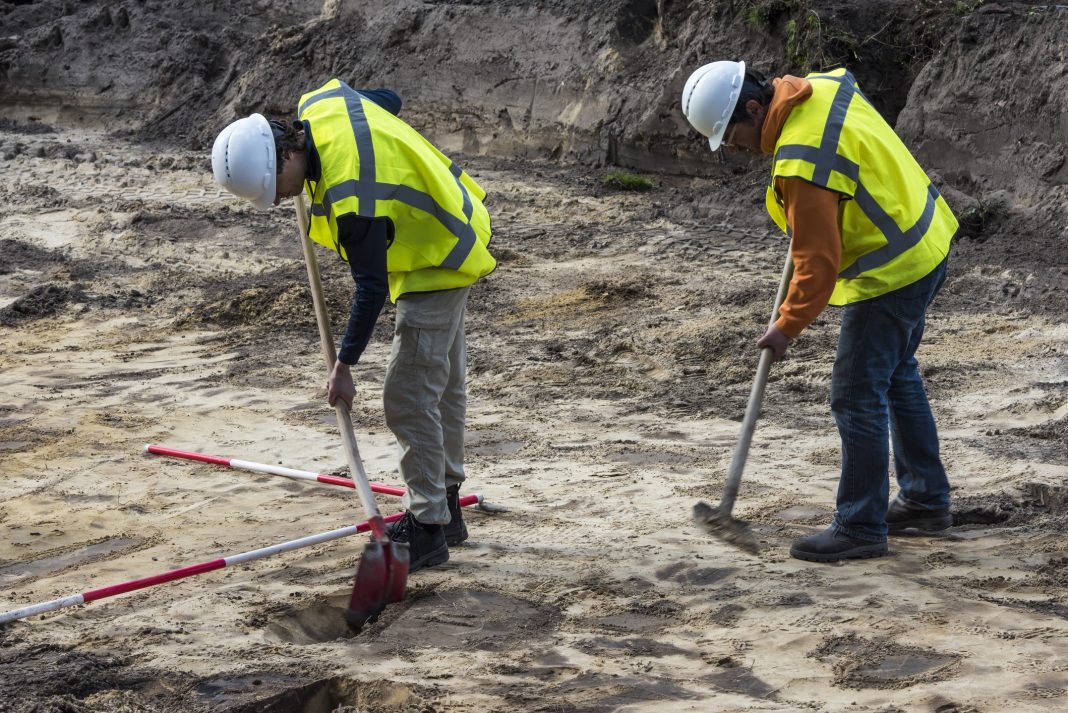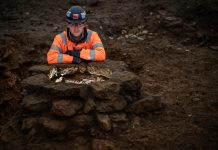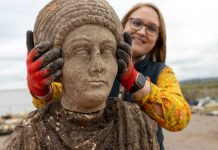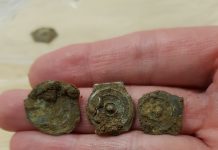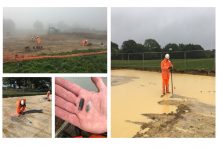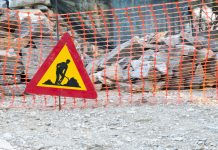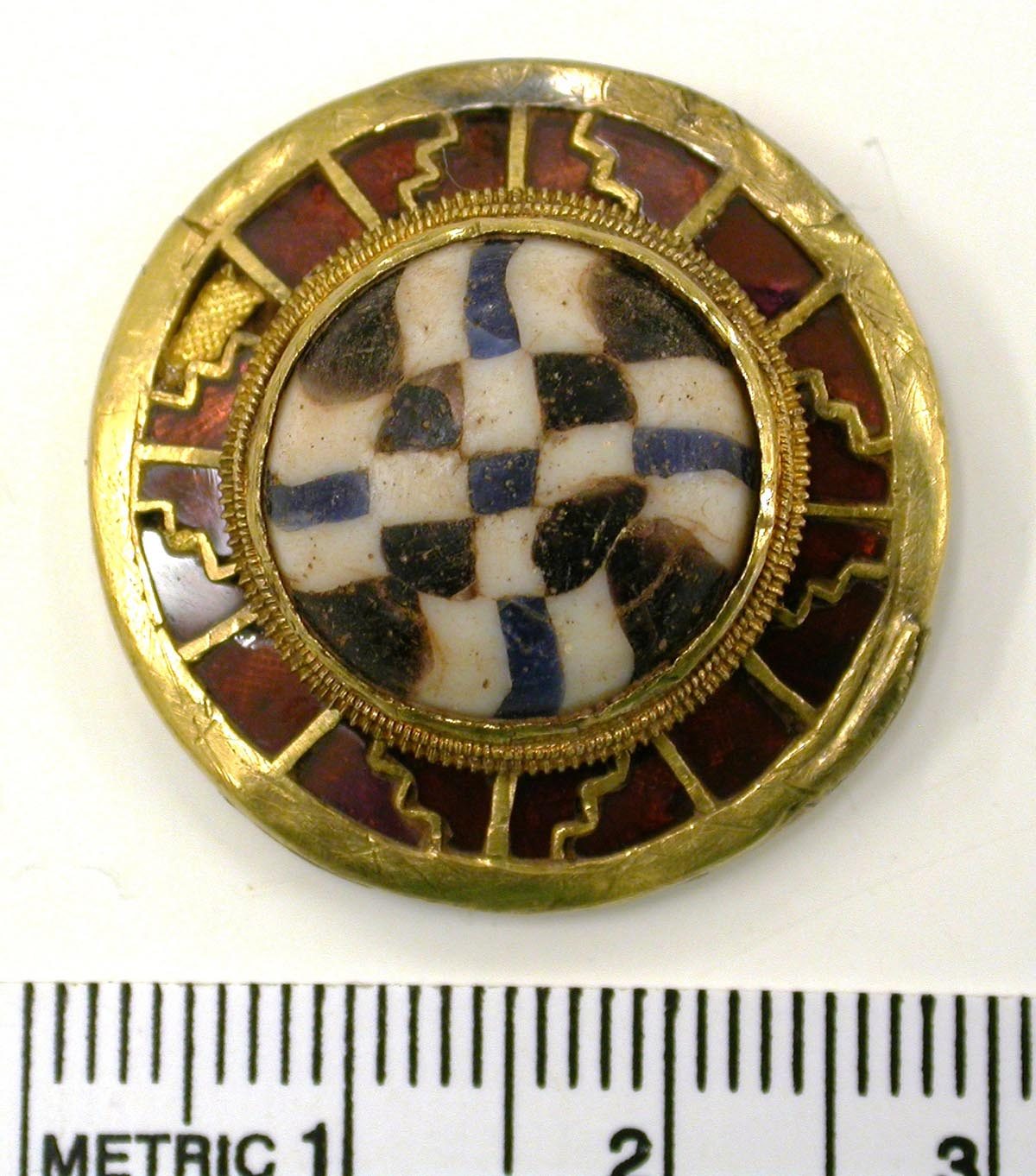Dr Gerry Wait, Director at Nexus Heritage considers what ‘evaluation’ means for archaeologists and planners alike
Following on from the field survey stage is typically ‘evaluation’, termed by archaeologists in the sense that the work is intended to ‘evaluate’ the archaeology. This stage reveals possibly the greatest diversity of approach by archaeologists, including local planning authorities (LPA) and the organisations (often referred to by archaeologists as ‘contractors’) – and this is tied to slightly differing concepts of the purposes.
A decade ago, under PPGs 15 and 16, the purpose of an evaluation was to provide a LPA with information about the presence, character and importance of heritage, and to enable the authority to make an informed planning decision. In essence under NPPF this remains unchanged, albeit not so clearly expressed. Practice has evolved and in essence the test is more likely to be a ‘yes-no’ one: are there heritage remains present of such importance? Or are impacts arising from a proposed development of such magnitude upon such remains as to justify a planning refusal?
Some authorities, perhaps a majority, see the ‘evaluation’ as a means of answering the first part of the question, while others take the position that if a Desk Based Assessment (DBA) (plus perhaps Aps and/or geophysics) does not reveal the presence or a high probability of very significant remains, a refusal is unlikely to be justifiable. Therefore, an evaluation becomes a tool for deciding in detail how to manage the impact to archaeology – and can be left to post-determination.
The IfA’s Standard and Guidance for Archaeological Field Evaluation (Nov 2013 revision)1 defines an evaluation as: ‘a limited programme of non-intrusive and/or intrusive fieldwork which determines the presence or absence of archaeological features, structures, deposits, artefacts or ecofacts within a specified area or site on land, inter-tidal zone or underwater. If such archaeological remains are present, field evaluation defines their character, extent, quality and preservation, and enables an assessment of their worth in a local, regional, national or international context as appropriate.’
The Standard and Guidance states that the purpose of an evaluation is to: ‘determine, as far as is reasonably possible, the nature of the archaeological resource within a specified area using appropriate methods and practises. These will satisfy the stated aims on the project, and comply with the Code of Conduct, Code of Approved Practise for the regulation of contractual arrangements in archaeology, and other relevant by-laws of the IfA.’
As the evaluation process moves from desk-based study to on-site work (geophysical survey, trenching or test pitting), the dialogue with the local authority archaeological adviser becomes even more important, to ensure that the work proposed is fit for purpose and that all of the relevant information will have been supplied to the planning authority before a decision is made on the development proposed.
In archaeological parlance most field work is undertaken by a relatively small number of generally larger organisations. This emphasises that this type of work requires a range of archaeological and aligned skills, and that this can really only effectively be deployed by larger organisations. The earlier stages in this archaeological process can, and often are, provided by sole-traders or small specialist organisations (often called consultants within the discipline), but field evaluations require a diversity of skills, and a level of corporate infrastructure, such that small organisations find it difficult to be effective.
Evaluations are most commonly undertaken by the excavation of trial trenches or test-pits, initially using a mechanical excavator to remove turf and topsoil, and thereafter by hand excavation by archaeologists. Trenches are often about 2 metres in width (depending on the mechanical excavator) and may vary in length from 10 to 50 metres. Test pits are even more variable – 1×1 metres, 1×2 metres, even 5×5 metre dimensions are commonly deployed depending upon site conditions and the nature of the archaeological remains anticipated. Normally detailed hand excavation will be limited to what is necessary to produce the information to enable informed planning decisions, but many LPAs interpret this differently, seeing an evaluation like any other archaeological excavation, and thus require more and more detailed excavation, recording, and subsequent analyses.
This reminds us that archaeology is not a one size fits all standardised technique, and that there is inevitably considerable scope for professional judgement, and the careful developer will avail him/herself of appropriate expert advisors. The archaeologist who did the DBA may still be involved, perhaps over-seeing the process and providing continuity of advice, but will have been joined by a team of other archaeological professionals from one or many different organisations each with their own specialist contributions to make. As the diversity of works and techniques increases (and as costs inevitably rise) the need for expert coordination and interpretation becomes ever more important.
Evaluation marks an important change from the preceding stages – now there are artefacts, site records, photographs – all the components that archaeologists call ‘an archive’. Archaeological excavation is a professionally undertaken disturbance or even a controlled and partial destruction of parts of an archaeological site or asset, and what remains of the part disturbed are the records and the artefacts. There is therefore an ethical imperative on the part of the archaeologist to analyse and interpret the results, and then to ‘curate’ the archive for the benefit of other researchers and archaeologists so that the information should not be lost. Field evaluations are therefore likely to be relatively costly exercises, and the work of analysing, interpreting, archiving and publishing the results, while not always very visible, may nonetheless be significant.
The link between the cost of field evaluations and the ‘reasonableness’ of local planning authority requirements throughout the planning process, is apparent and remains hotly debated.
There may be many outcomes of the evaluation process. First, and in some ways primary, is the provision of information for the planning process, and the results of the evaluation will form part of the suite of information that the local planning authority’s archaeological adviser will use to provide advice on the planning application to the Planning Committee or officer that makes the decision. An archaeological report on this type of work often remains as ‘grey literature’ that is a limited print run report deposited in the authorities’ Historic Environment Record, perhaps in local museums or record offices, and increasingly in on-line web-based report archive systems 2.
However, Time Team again reminds us of the interest by the general public in the history of the places where they live, and thus the importance of designing archaeological works to do more than tick a box in a set of planning requirements. Post-Time Team local community groups are still interested in visiting and seeing, or even better participating in, and at the very least visiting exhibitions and reading about local ‘digs’. Those commissioning archaeological field evaluations may well want to see that their financial investments provide benefits to both the development sponsors and to local community groups.
The mention of the costs of undertaking archaeology raises two important benefits of professionalization that arise in the event of things going wrong. First, both Members and Registered Organisations of the IfA will carry appropriate insurances, although careful clients will want to ensure the detailed coverage is appropriate. Secondly, in the event of serious disputes, all MIfA’s and RO’s are committed to the IfA’s Code of Conduct, and are therefore subject to disciplinary action where a client or member of the public considers that unprofessional work or advice has been given. ■
1 http://www.archaeologists.net/sites/default/files/node-files/IfASGField-Evaluation.pdf
2 http://archaeologydataservice.ac.uk/archives/view/greylit/or http://www.oasis.ac.uk/).
. . . . . . . . . . . . . . . . . . . . . . . . . . . . . . . . . . . . . . . . . . . . . . .
Dr Gerry Wait
Director
Nexus Heritage and former Chairman Institute for Archaeologists, Chair of the Registration Committee (Organisations) for the IfA and current Co-Chair of the Committee on Professional Associations in Archaeology for the European Association of Archaeologists
Tel: 0151 326 2247
gerry.wait@nexus-heritage.com


